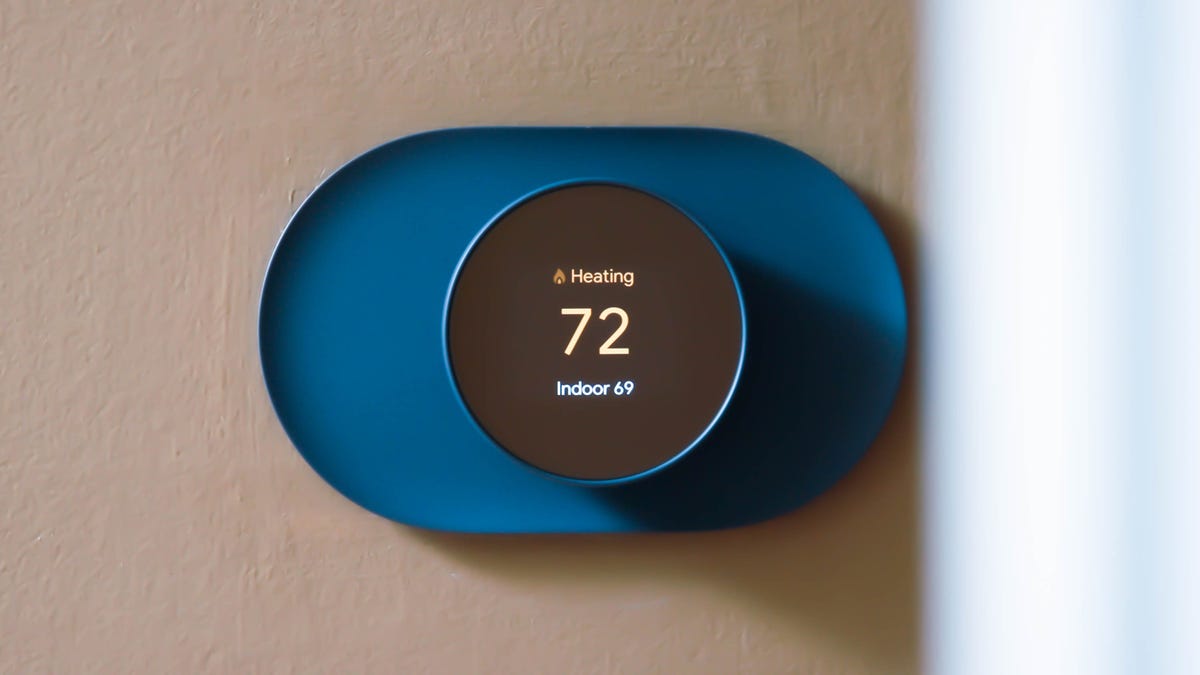 Why You Can Trust CNET
Why You Can Trust CNET Stop Putting Your Thermostat in the Wrong Spot, and Watch Your Heat Bill Drop
Where your thermostat is located matters. Here's where to move it.

Moving your thermostat could help you save money on your utility bills all year.
If you want to cut down your utility bills, you might consider trying things like unplugging your appliances, adjusting your thermostat, turning off your lights or buying some smart devices. There's even an easy ceiling fan hack that can save money heating up or cooling down your house. But if you haven't considered the location of your thermostat, you could be leaving cash on the table.
Why? Because the right thermostat location can actually save you money on your utility bills year-round. Plus, proper thermostat placement can make your heating and cooling more energy efficient while still keeping you comfortable.
Here are the best -- and worst -- places to put your thermostat. (You can also check out five more tips for saving money on your heating and electric bills, and other practical ways to cut costs around the house.)
Don't put your thermostat in these spots
When thinking about thermostat location, the most important thing is to avoid areas with temperature extremes, which can make your thermostat think the room is much hotter or cooler than it really is, and adjust the temperature accordingly.
For example, you'll want to avoid installing your thermostat near windows or doors, or by heat sources or in direct sunlight. You'll also want to avoid putting lamps or TVs near your thermostat, since they release heat that could impact the device settings, according to the US Department of Energy.
It's best to avoid placing the thermostat in bathrooms or the kitchen for that reason, too, where steam from the shower or from cooking can interfere. The same goes for exterior walls, which are typically cooler than interior ones.
Putting your thermostat in any of these less-than-ideal spots could force it into heating or cooling when it doesn't actually need to, unnecessarily using up more energy and money.
You'll also want to avoid setting up your thermostat in hallways or rooms that you don't use often. This is because the device won't be reading the temperature of the places you actually want to heat or cool, and could leave you with the wrong setting.
Here's where you should actually put your thermostat
The best spot for your thermostat is on an interior wall in the middle of a room you use often, such as your living room. That will keep the most popular areas of your house comfortable at the temperature you set.
And if you have a smart thermostat, make sure it's not obstructed by doors, bookshelves or decorations, so that its sensors will work as they're meant to. You also need to make sure the smart thermostat is in range of your Wi-Fi so that it can stay connected.
In some cases, you can move your thermostat yourself. But in others, you'll need to call an HVAC specialist. But that cost can potentially be recouped over time through savings.
For more money-saving tips, check out how Energy Star appliances can save you cash, and the cheapest place to buy groceries online.

